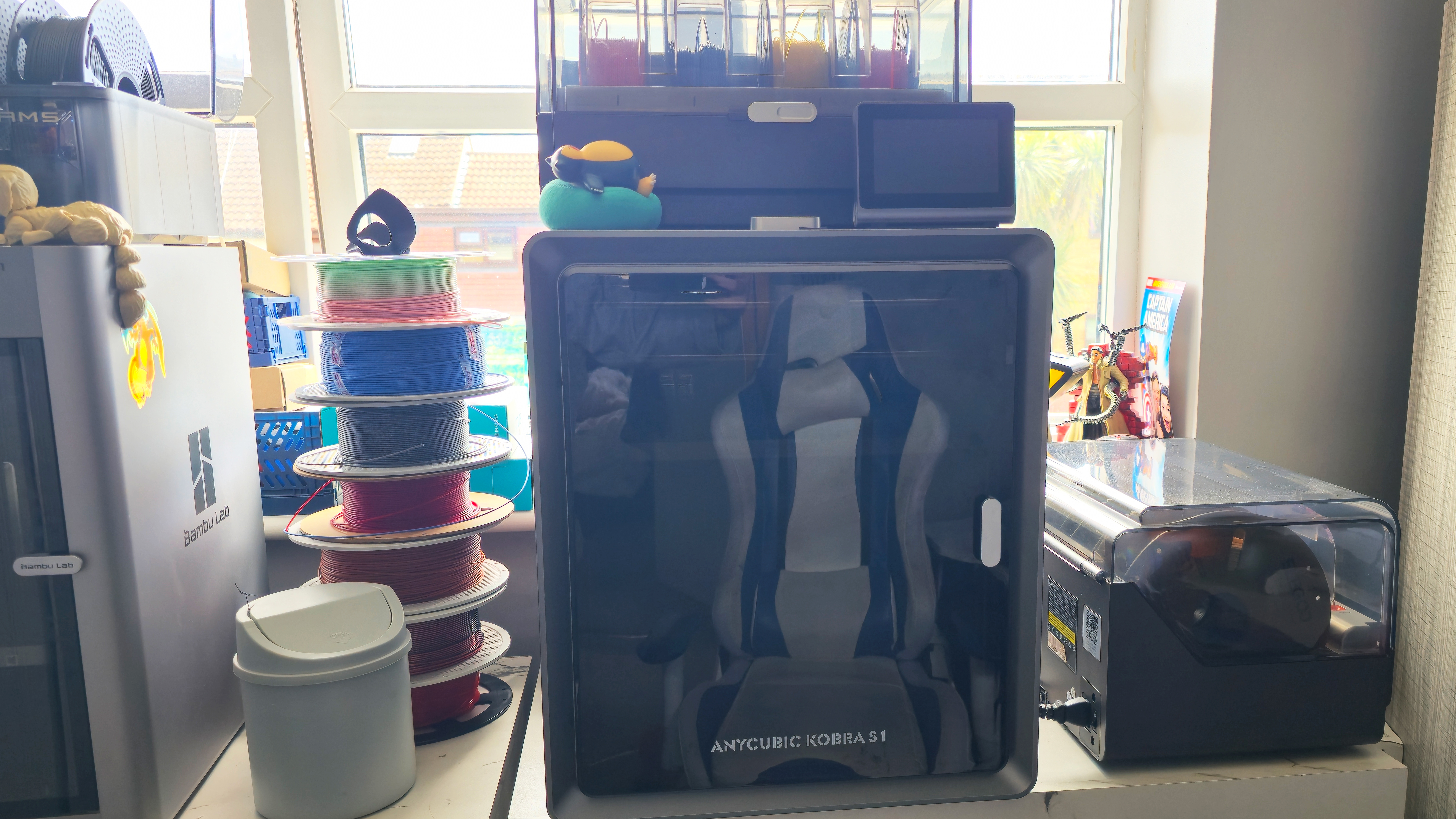5 designer mistakes that drive clients mad
Avoid these common errors to keep your clients happy.
It takes time, skill and effort to build and maintain a strong, healthy client relationship. Getting it right is crucial, not just for the sake of the project you're working on, but to help ensure repeat work.
However, there has to be a balance between catering to your client's needs, and being a doormat they take for granted. Likewise, you need to show you know what you're doing and wow them with your creativity, but not come across as arrogant or inaccessible – the best client relationships are forged on collaboration.
It's a fine line to tread. Read on for five all-too-common mistakes that designers make that can drive clients mad – and more importantly, how to avoid them.
01. Ignoring the constraints of the brief

This may sound blindingly obvious, but sometimes the whiff of excitement at developing an exciting portfolio centrepiece could take your ambitions off-course. Sure, going above and beyond the brief from a creative standpoint is usually a good thing – but not if it would blow the budget, or the timeframe.
If the client has set constraints in the brief, it's your challenge to over-deliver within those constraints – not to try and ignore them. Constraints can be good: they can focus your energy, and help you think outside of the box creatively, without actually smashing the box to pieces.
Constraints set at a brief stage may even prove flexible as the project progresses, which can yield new opportunities. But your job is to solve the client's problem. It'll drive them mad if your outlandish solution, however awesome, doesn't do so.
02. Slipping into design jargon

If you're lucky, you'll be collaborating with a design-savvy client-side team that is on your wavelength, and you can work in tandem to take your ideas to the next level. You both know your stuff, and can second-guess each other's thoughts as you power towards the ideal creative solution.
However, some clients aren't design-savvy – even if they may think they are. That's not their fault: that's what they're hiring you for, after all. They may be taken aback by how long things take, or how much they cost (see point #4).
Don't assume they know what kerning is, or appreciate why spending hours doing it is important. Or why the RGB to CMYK conversion is going to make the image they've provided you with look different. Or worst of all, that they'll respond to that unique brand of over-inflated strategic mumbo jumbo that's all too common in design.
As a rule, speaking in plain, clear English will help put your client at ease, and make you more approachable and ultimately easier to work with.
03. Getting too precious about the work

This is a big one. The client is the client – they hold the budget, and set the brief – and however attached you are to that design route, it's ultimately their call. Sure, clients make bad, uninformed decisions sometimes – but the onus is on you to make sure the pros and cons of the routes you present are properly explained.
Some agencies make a point of only presenting one killer solution, and then return to the drawing board if it doesn't pass. Others prefer to go with, say, three, and give the client a choice. In this case, make sure you believe in all of them, even if you have a personal preference.
Don't throw your toys out of the pram if your favourite route isn't chosen, or it gets taken in a different direction. It'll wind your client up no end. Your job is to solve a problem, not make more problems.
04. Not being transparent about the process

This falls into similar territory as design jargon. If a client feels like they're a meaningful part of the design process – they understand what's going on, and why – things will inevitably be smoother for you both. Again, some collaborations are closer and more fruitful than others, but you're working towards the same goal at the end of the day – so don't fight against each other.
Right from the outset, explain what the different stages are, estimate how long each one will take – with the proviso that this may change – and set out what the client can expect to see at each point.
Clients all-too-often get frustrated because a chunk of time has passed, and they don't know what's going on. There may not be another version of a design that's ready to present at that point, but the more transparent you can be about your activities, the better. If you're flat-out on another project, don't hide it – be honest, and be clear when you'll be back on their project. Put their mind at rest.
05. Getting angry about amends

Just as you shouldn't become too precious about particular ideas and design routes, when it gets to the business end of a project and the rounds of amends start coming in, it's time to take a deep breath. Getting angry at this stage won't help anyone.
If you've adhered to the advice from the previous four points, then hopefully you'll be on the same page, with some decent two-way communication flowing with the client. But endless amends can be infuriating. They may be contradictory, particularly if many stakeholders are involved, or uninformed, and ultimately not in the best interests of the project.
Depending on how you've quoted for the project, and the nature of the work, it's sensible to specify that a certain number of rounds of amends are included in the price – and any more will be charged extra. But it also comes down to clear communication, and explaining why certain choices have been made at every stage. If you're both on the same journey, and the client feels part of key design decisions, the amends process should be much easier to stomach.
Related articles:

Thank you for reading 5 articles this month* Join now for unlimited access
Enjoy your first month for just £1 / $1 / €1
*Read 5 free articles per month without a subscription

Join now for unlimited access
Try first month for just £1 / $1 / €1
Get the Creative Bloq Newsletter
Daily design news, reviews, how-tos and more, as picked by the editors.

Nick has worked with world-class agencies including Wolff Olins, Taxi Studio and Vault49 on brand storytelling, tone of voice and verbal strategy for global brands such as Virgin, TikTok, and Bite Back 2030. Nick launched the Brand Impact Awards in 2013 while editor of Computer Arts, and remains chair of judges. He's written for Creative Bloq on design and branding matters since the site's launch.
